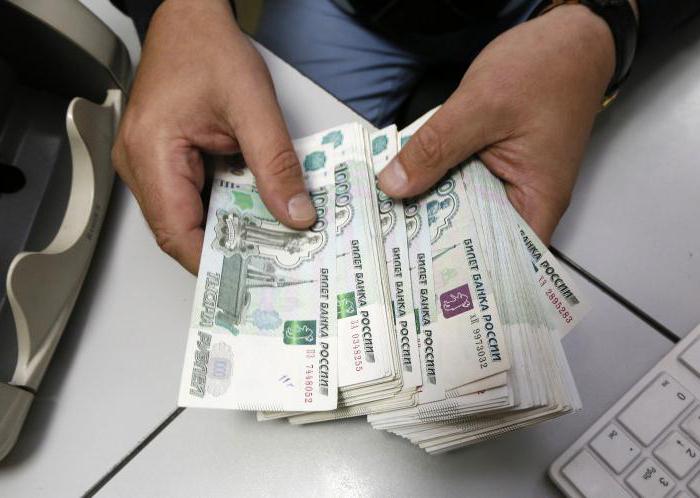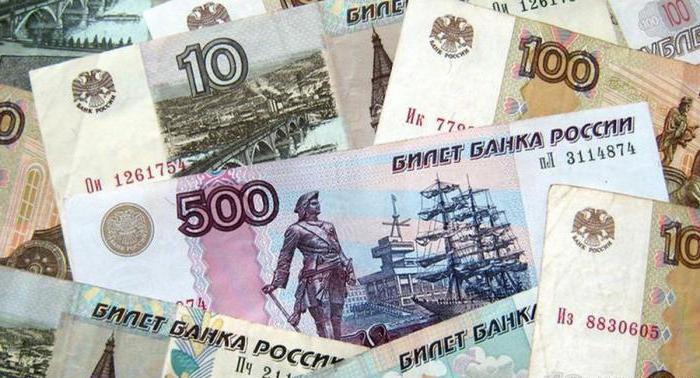In this article we will consider the structure of the money supply: non-cash and cash, their ratio in our state, and also conduct a detailed analysis of the trend.

Basic concepts
Let us examine in more detail in basic economic terms.
The money supply is the ratio of the various components of the issue of money (from the French. Emission - "issue"), primarily non-cash and cash. Years of transformation have significantly changed the structure of the money supply in Russia. The change in cash share reflects the fluctuation in the share in other monetary aggregates (the volume of liquidated assets that are used as money).
Statistics show that in world practice the share of cash is constantly decreasing. During the formation of the banking system, such a change was based on an increase in cashless turnover in connection with the introduction of new technologies.
What caused the change in cash share?
To date, a change in the cash ratio in the money supply structure is caused by:
- introduction of innovations;
- the development of cashless turnover.
But basically the changes occurred due to such non-economic factors:
- problems of political life;
- social issues;
- inner mental problems.

The factor of stabilization of the share of cash after the Second World War is the disappointment of the population in the modernization of the settlement and payment mechanism. Also, people just want to keep confidential when calculating.
Money circulation and the structure of the money supply are closely related.
The generally accepted reasons for increasing the share and stabilization of cash in the monetary aggregate are:
- increase in expenditures in the services sector, for tourism and expensive goods, designed for a short period of use;
- increase in the number of gaming, vending and telephone machines;
- use of cash in various currency speculations;
- psychology of the nation, the power of habit and tradition.
The above processes are very much associated with the depreciation of cash. Inflation forces people to transfer money from the “demand deposits” to urgent deposits, where credit organizations pay more interest.
The structure of the money supply is characterized by monetary aggregates. They are an indicator of the volume of liquid assets that are used in the economy as money.
Analyzing the data of Russia after 1991, it is easy to notice a rapid increase in the cash ratio in the monetary aggregate, while the rest has slightly decreased in recent years.

The main reason for the increase in the share of cash at the beginning of market transformations (1992) is the desire of business entities to avoid an excessive tax burden. This suggests that the banknote issue was significantly ahead of non-cash. That is, cash settlements, of course, crowded out cashless circulation, but this does not at all indicate insignificant changes in the structure of the money supply.
What is the effect of the ratio of cash and cashless payments
The unreasonable ratio of cash and cashless payments has a negative impact on the credit system and money circulation.
Non-cash money is fully involved in bank circulation, but cash is not. From here the following negative trends arise:
- the population keeps cash "under the mattress";
- cash goes out of circulation;
- individuals and legal entities use substantial amounts of cash, bypassing the banking system.
The above phenomena reduce the stability and liquidity of the banking system, contribute to a decrease in funds in banking institutions.
How to reduce this indicator of the money supply structure
The reduction in the share of cash is achieved:
- a simultaneous decrease in cash output and an increase in non-cash money;
- management of banking operations by the monetary authority.

Experts believe that if we apply the practice of state deposit insurance in Russia, then this:
- increase customer confidence in the stability of banking institutions;
- increase deposits of citizens;
- will reduce cash in circulation.
Improvement and development of banking system technologies in Russia can be carried out in the following areas:
- the introduction of plastic cards;
- increase in reliability and acceleration of cashless payments;
- replenishment of the range of services.
This should stimulate a decrease in the use of cash in the money supply structure.
Cash structure
When structuring cash in the money supply, the following indicators are used:
- M0 - cash outside banking institutions (87.4%);
- cash at the cash desks of commercial credit organizations (12.5%);
- cash at the Bank of Russia cash desks (0.1%).
The structure of "broad money"
Let's try to understand the structure of the money aggregate of "broad money" (M2X).
A feature of the Russian cash turnover is the use of the currency of other countries in domestic and cash circulation. Therefore, for forecasting, “broad money” is used:
- dependence on foreign cash;
- instability of the ruble exchange rate;
- export of capital abroad.

The structure of the aggregate of "broad money" includes the following indicators:
- M0 (21%);
- transferable deposits: “demand deposits”, settlement accounts, etc. (24%);
- other deposits: savings, term and others (39%);
- deposits in foreign currencies (16%).
Savings and term deposits occupy the maximum share, which indicates a progressive trend in the development of money circulation. The share of demand deposits is quite appropriate in the current maintenance of the economy, but the level of cash outside banking institutions is unreasonably large. The last place is occupied by the share of deposits in foreign currency, which indicates a significant dollarization of Russian cash turnover.
Monetary reform: to be or not to be?
Of particular interest is the cash purchase composition. At the very beginning of 2003, the Bank of Russia announced a decision to issue new banknotes in denominations of 20, 200, 2000 and 5000 rubles, as well as design changes for existing banknotes. All sorts of rumors followed this message. Including the possible implementation of a new monetary reform.
The proposed issue of new notes, in theory, has nothing to do with monetary reform. The need for this event is justified by the needs of turnover. But rumors are causing a phenomenon called the "expectation of monetary reform."

Conclusion
The existing structure of the ratio of non-cash and cash funds, cash composition, dollarization, etc. lead to a number of negative aspects:
- disorganization of money circulation in the country;
- inhibition of market reforms;
- negative impact on the economy and banks;
- to some extent, contributing to the emergence of crisis phenomena in the economy.
The analysis of statistics reflects the particular importance and importance of improving the composition and structure of the money supply in modern Russia.
A small number of coin and banknote denominations inhibit cash flow. This negatively affects the economic growth and development of the country as a whole. However, this partially restrains inflation (non-payment of wages restrain it in approximately the same way). In Russia, this contributes to a decrease in the rate of money turnover and a reduction in inflation, which is definitely interconnected.